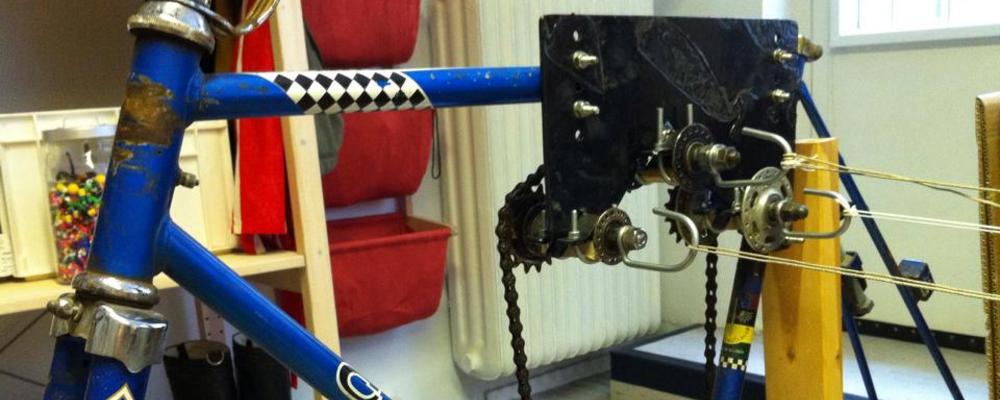On a trip to Kisumu, Kenya, Helena Hansson became acquainted with a local crafts organization named Zingira, a community of practice that was utilizing the invasive water hyacinth plant to make different kinds of products, like baskets.
“By using an unwanted material that also presents a social, environmental and economic threat, peoples life situation was improved. Thus Zingira was already contributing to a sustainable society. I was impressed, but I also observed how the local actors lacked access to a formal infrastructure, which not at least would allow them to grow socially. Collaboration became a possibility to support a transformative change", says Hansson.
Zingira’s work became the point of departure for Helena Hansson’s doctoral dissertation. She wanted to understand how the invasive plant could provide a source of revenue and at the same time get people to collaborate across borders.
“In other words,” says Hansson, “how can we do more with less – for more people and together with many others.”
Working together with Zingira and other similar actors, and in collaboration with private companies, development aid organizations, and researchers, she has studied how design and designers can contribute to sustainable development. The entry point – the frugal design approach - was to start with what already exists, materials and local knowledge clusters – and then scale up by working together in a global network.
“It’s about how design can contribute to creating opportunities for people to achieve their goals and ideas for change – which can otherwise be inhibited when there is a lack of access to certain material resources, for example, or when people are not incorporated into the change processes that affect them.”
Hansson’s research revolves around the UN’s global Sustainable Development Goals, and particularly Goal 17, which is about working in global partnerships. One of the greatest challenges was relating to the imbalance between partners from the northern and southern hemispheres of the globe, and to the one that often exists between researchers and practitioners.
“It became a moral journey to establish relationships and to make them sustainable,” says Hansson.
The result is an agency-oriented methodology that puts great emphasis on allowing the local actors to formulate their own needs and to make people involved in the development process in a decent way while design provides the support needed for others to be able to act as a catalyst of change. Central to the work are the combined methods of co-craft and co-writing.
The dissertation outlines four central issues: context, diversity, reflexivity and time.
“Creating sustainable design requires global partnerships that are rooted in the local material, social and historical context and recognise diversity as an asset,” says Hansson. “It requires a continous dialogue and evaluation of the work throughout the entire process. And last but not least, it forces us to think beyond the project time.”
By Åsa Rehnström

